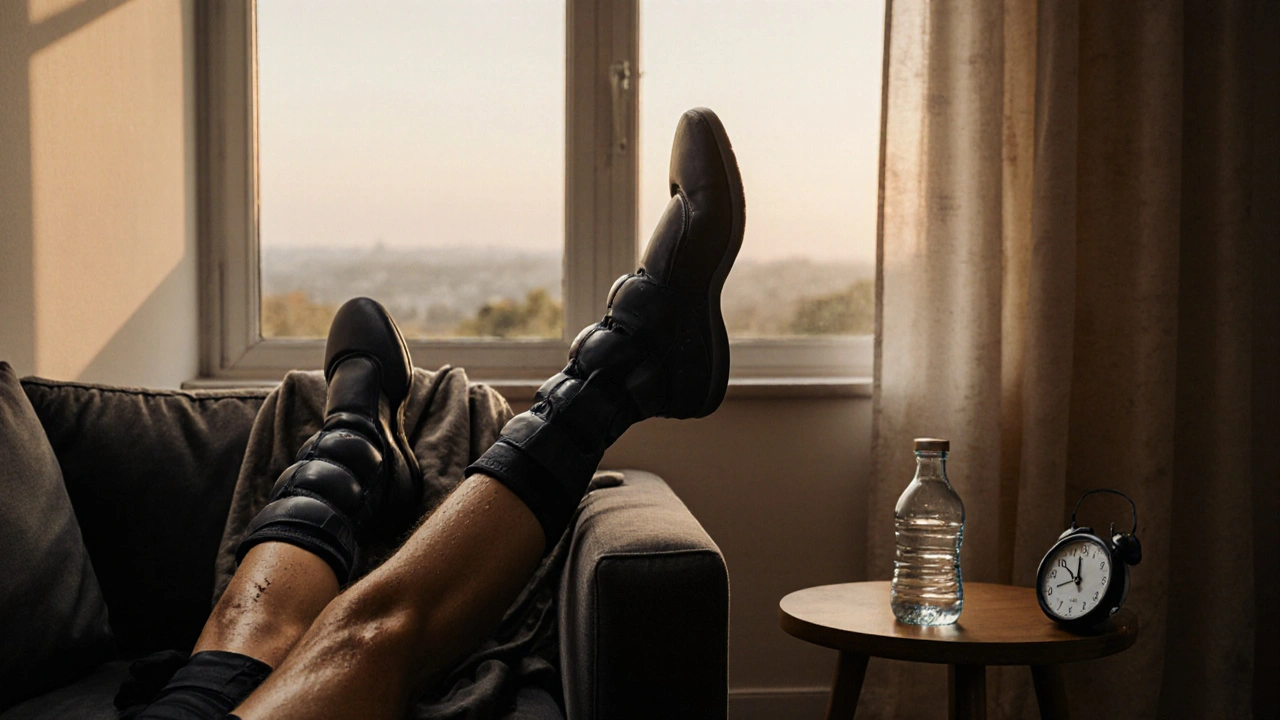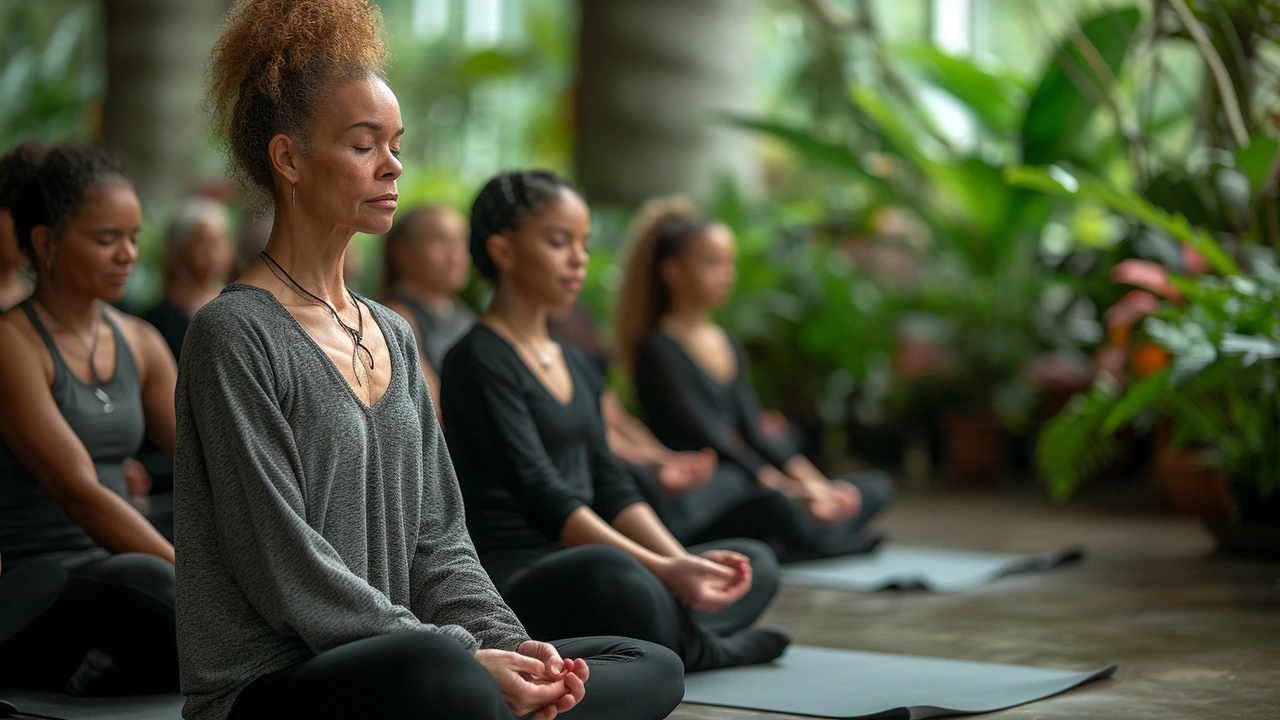Recovery Massage: How Touch Heals Body and Mind
When you think of recovery massage, a targeted therapeutic practice designed to restore physical function and reduce post-exertion strain. Also known as therapeutic massage, it’s not about relaxation alone—it’s about repair. Whether you’re an athlete pushing limits, someone stuck in a desk chair all day, or just recovering from illness, your body needs more than rest. It needs intentional touch that tells your muscles, nerves, and tissues: it’s safe to heal.
Massage therapy, a broad category of hands-on techniques used to manipulate soft tissue for health benefits is the foundation here. But not all massage is the same. Recovery massage focuses on reducing inflammation, breaking up adhesions in fascia, and improving blood flow to tired areas. It’s the reason runners use foam rollers after a marathon, and why physical therapists recommend it after surgery. This isn’t guesswork—it’s biology. Studies show recovery massage lowers cortisol by up to 31% and boosts serotonin, helping your body shift from fight-or-flight to rest-and-digest mode faster than sleep alone.
It works because your body responds to pressure. When a therapist applies slow, deliberate pressure to tight spots, they’re not just kneading muscle—they’re signaling your nervous system, the network that controls how your body reacts to stress, pain, and movement to calm down. That’s why people report feeling lighter, sleeping better, and moving easier after just one session. And it’s not just for the gym. People recovering from long illnesses, chronic pain, or even emotional burnout use recovery massage to rebuild their sense of safety in their own skin.
You’ll find posts here that dive into exactly how this works—like how percussion massage shakes loose tension without deep pressure, or how myofascial release therapy untangles the connective tissue holding you stiff. There’s also real talk on trigger point massage for those stubborn knots that won’t quit, and why lymphatic drainage massage helps your body flush out the waste that builds up after intense activity. These aren’t spa luxuries—they’re tools. Tools that help you bounce back faster, feel more in control, and avoid the cycle of injury and frustration.
What ties them all together? Consistency. One session won’t fix years of tension. But five minutes a day with the right technique? That changes everything. Whether you’re using oils, rollers, or professional hands, recovery massage is your quiet, powerful ally in staying strong, mobile, and whole. Below, you’ll find guides that show you how to use it—safely, effectively, and without the fluff.
Compression Massage: A Comprehensive Guide to Benefits, Techniques, and Use Cases
Compression massage uses controlled pressure to reduce muscle soreness, improve circulation, and speed up recovery. Learn how it works, who benefits most, device types, safety tips, and how to get started.






